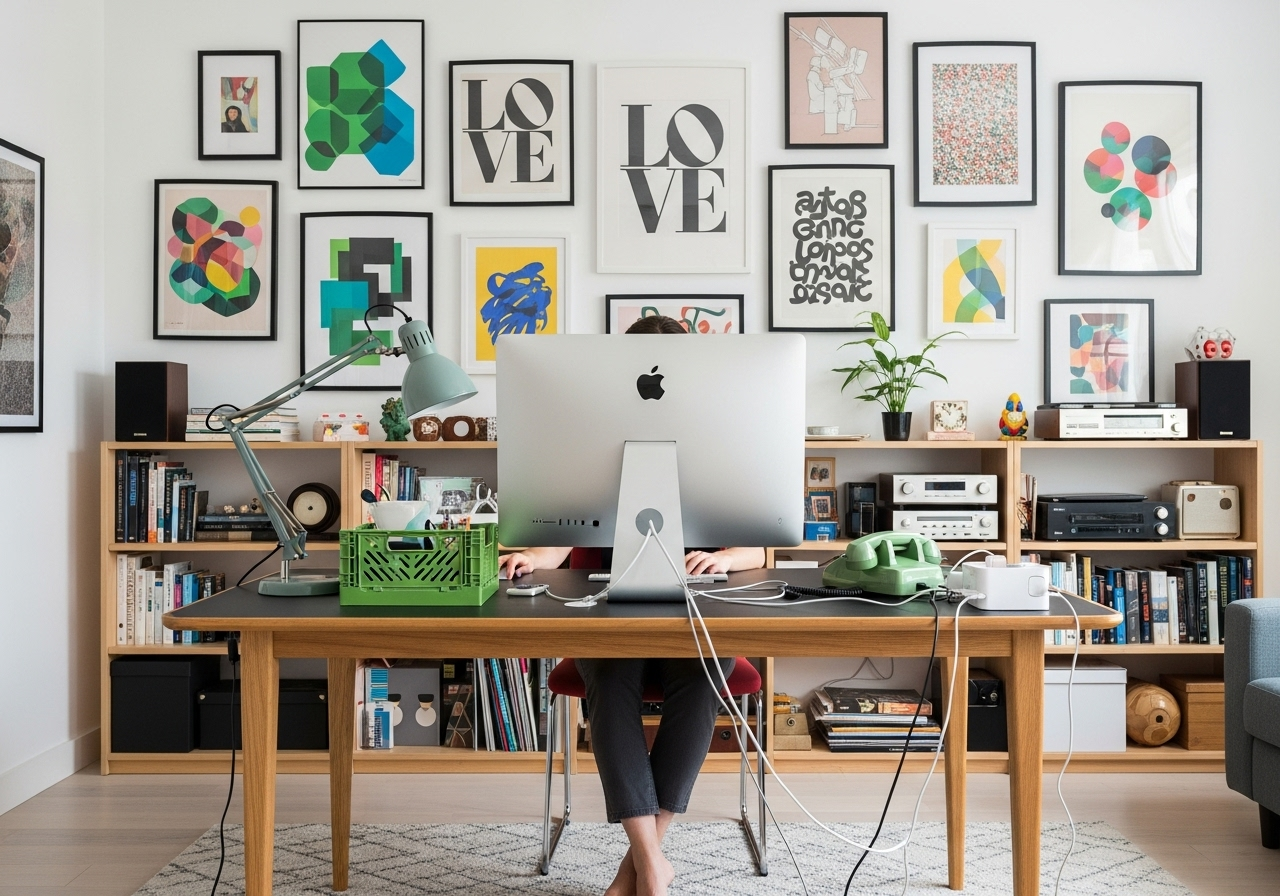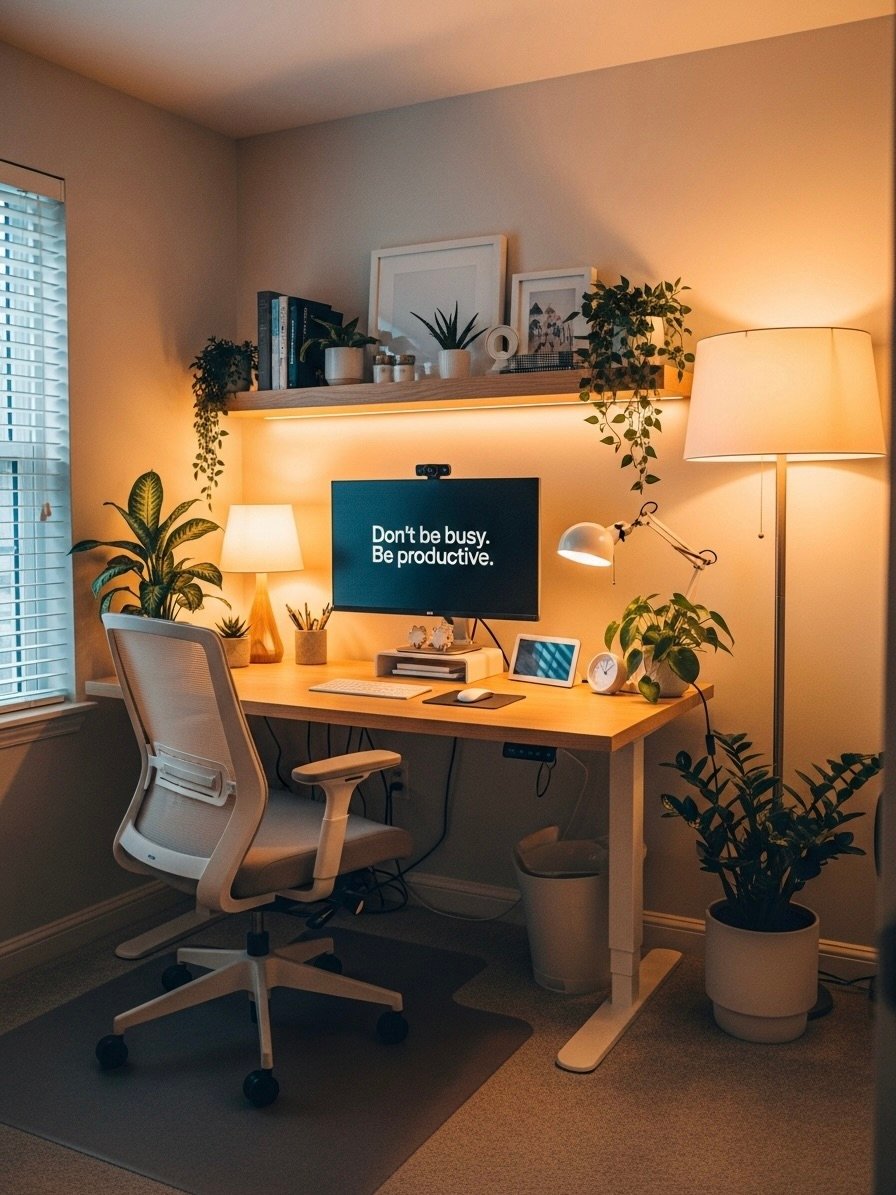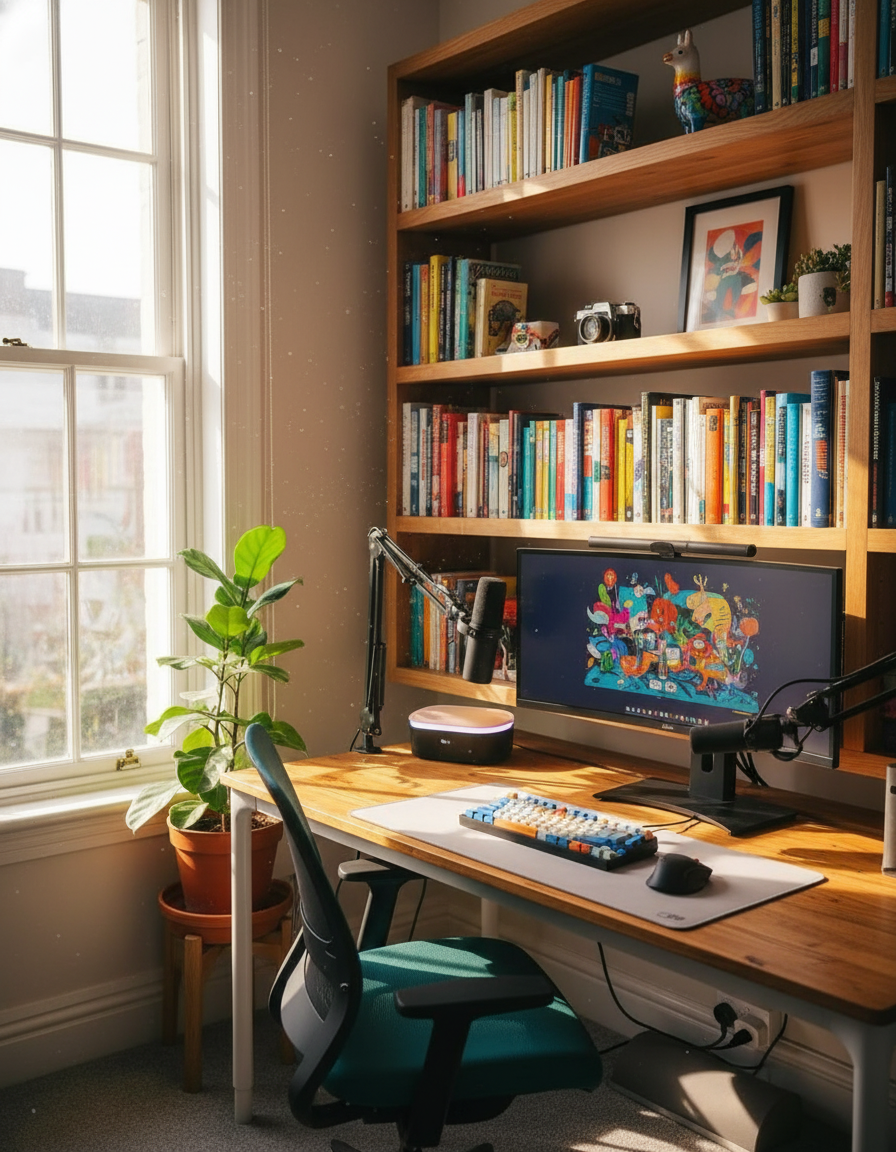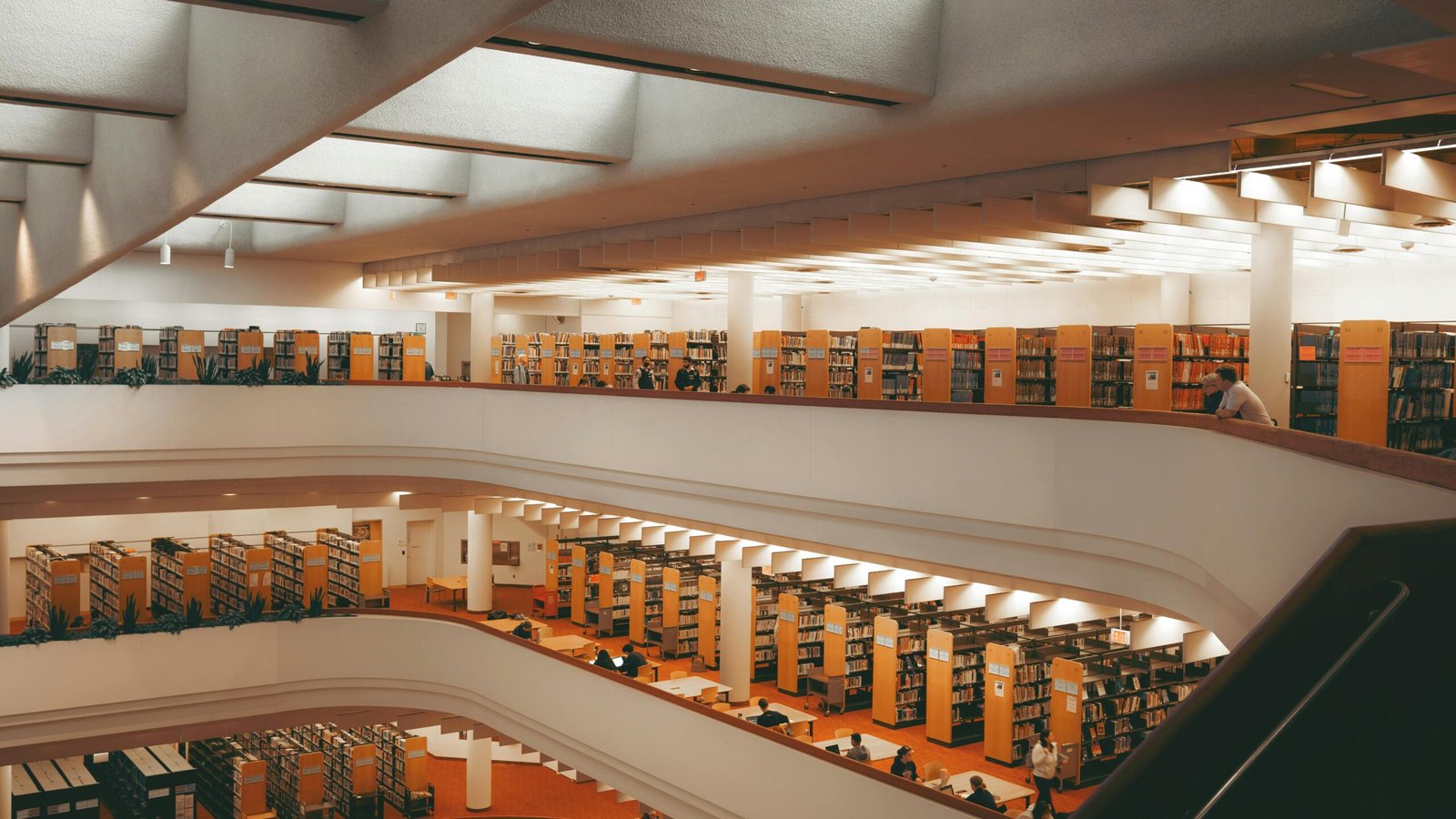
Creating a Focused Home Office
A workspace should do more than just hold your laptop. It should help you feel calm, grounded, and capable of doing your best work. The right space doesn’t just look good — it changes how you feel when you sit down. Whether you work from home full-time or just need a quiet corner to think, styling your workspace intentionally can make all the difference.
The first step is clarity. Before adding anything, remove what doesn’t serve you. A cluttered desk leads to a cluttered mind — and not in a poetic way. Keep only what you need and love within reach. This might mean a single notebook, a lamp, a pen holder, and one or two personal items that make you feel at ease. The goal isn’t an empty surface — it’s a clear one. Also, if you can dedicate a room just for your office, that is ideal as the more separation the better.
Light is one of the most powerful tools you have for focus. Natural light is often my preference because it helps me stay grounded and creates a neutral backdrop in my study space.
If your space doesn’t get much daylight, choose a lamp with a soft, warm glow rather than harsh white light. Diffused lighting reduces strain and makes long workdays feel gentler. Layer your lighting: a floor lamp to brighten the room, and a task light for clarity when needed.
Color also influences how focused you feel. Neutrals — soft whites, taupes, greys, and warm beige tones — create a calm foundation. Avoid overly bright or saturated colors near your desk; they can overstimulate and distract. Instead, add depth through natural materials like pale wood, ceramic, and linen. These textures make the space feel grounded and human, subtly helping you stay present.


Furniture matters more than you think. A good chair isn’t a luxury — it’s a tool for comfort and focus. I’ve had a recurring problem in the past when my desk was set up next to my bed, using a very standard chair — almost like any old dining chair. Unfortunately, this often led to me working on my bed instead of at my desk because the bed always seemed more comfortable. Look for a chair that supports your posture without feeling stiff. The desk should be simple and proportional to your space. If you’re working in a smaller home, floating desks, trestle-style tables, or even a dining table used intentionally can feel just as considered as a traditional setup.
What surrounds you should support concentration, not compete with it. Keep wall decor minimal and purposeful — maybe one piece of art that inspires you, or a pinboard for ideas. Plants can be wonderful companions; a small fern or a rubber plant brings freshness without cluttering your space. They soften edges and add life to neutral tones.
A few subtle rituals can help your workspace feel intentional. Light a candle before you begin your day, open the window for fresh air, or take a moment to organize your desk before logging off. These small acts signal beginnings and endings, helping your mind transition in and out of work more easily — like clocking in and out.
Here are a few ideas to style your space for focus and calm:
- Choose warm, diffused lighting that makes long hours feel easier.
- Keep only one or two personal touches — a framed photo, a small sculpture, or a meaningful object.
- Add natural textures: linen curtains, a wool rug, or a wooden desktop.
- Keep cords and tech hidden where possible — visual clutter adds noise.
- Include a single plant for softness and a reminder to breathe.
If your workday often leaves you feeling scattered, it might not be your schedule — it might be your space. A thoughtfully styled workspace brings a quiet kind of focus, the kind that doesn’t come from apps or productivity hacks. It comes from calm. From a space that feels like you, stripped back to the essentials, with enough beauty to remind you why you’re doing the work in the first place.

One thing I like to do is list the places where I’m most productive and figure out why. I often find that a library is usually that place. But this can be misleading, as you’re also surrounded by others who seem to be hard at work, creating an almost invisible push to get your work done and not look out of place. Despite this, we can understand that productivity often resides in places associated with work. With that in mind, we can apply the same idea at home: your office space should be a distinct environment where only important things get done. It should separate itself functionally and aesthetically from the rest of your home. The more it blends in with the rest of your home, the more inviting it becomes as a space where other things end up happening too.
In the end, styling a workspace isn’t about creating the perfect office — it’s about creating the right energy. A space that helps you think clearly, work with purpose, and feel grounded in your own rhythm. When your environment supports your focus, everything you do inside it starts to flow a little more easily.
